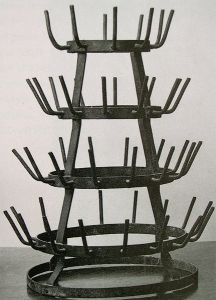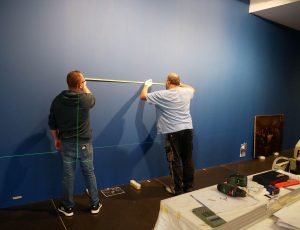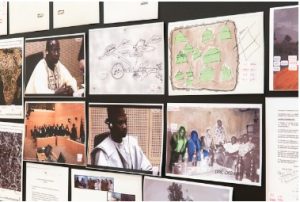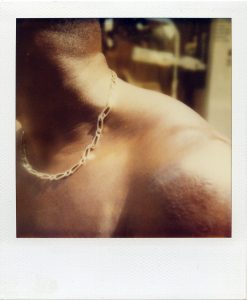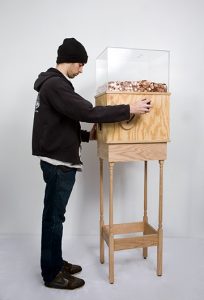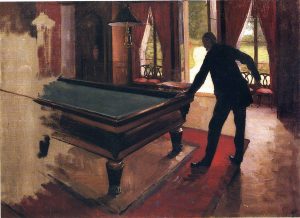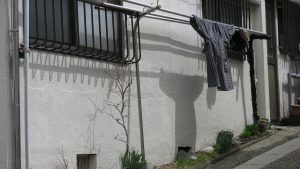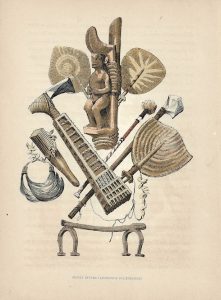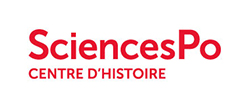Dans la lignée de Dada et de Marcel Duchamp, un certain nombre d’artistes ont lié l’art et la vie au point d’imaginer de se passer de l’objet sacralisé dans le cadre classique du marché de l’art. Particulièrement actifs dans les années 1960, alors que le statut de l’auteur était de tous côtés remis en ...
n° 129 | Les Grecs, les Etrusques et l’image | Alain et Annie Schnapp
À partir de Il leone sogna la preda (2001) des étruscologues Bruno D’Agostino et Luca Cerchiai, Alain Schnapp nous invite à poursuivre la réflexion sur les relations entre les Etrusques, les Grecs et l’image – titre du précédent ouvrage de ces chercheurs. Les questions soulevées s’avèrent très actuelles dans le champ de l’histoire de l’art. Ainsi, de l’imaginaire ...
n° 128 | L’art est imprévisible | Alexis Anne-Braun
Une œuvre d’art n’est active que si un certain nombre de conditions sont réunies, ce qui suppose la collaboration de nombreux acteurs dont le public n’est pas le moindre. Au prisme du concept d’activation artistique à l’œuvre dans les derniers écrits du philosophe analytique américain, Nelson Goodman, Alexis Anne-Braun envisage la question des pratiques réparatrices en art et les enjeux éthiques ...
n° 127 | La preuve | Julien Seroussi et Franck Leibovici
Comment donner une forme visuelle efficace à la discussion juridique ? C’est la question posée par Franck Leibovici, poète et artiste, et Julien Seroussi, qui fut analyste à la Cour pénale internationale puis attaché au pôle « crimes de masse » du Tribunal de grande instance de Paris. Ils nous présentent leur concept d’ « œuvres-outils », ...
n° 126 | L’or fait corps | Elvan Zabunyan
C’est ainsi qu’Elvan Zabunyan résume la condition de ce métal précieux et recherché, indissociable de son histoire liée à l’esclavage. Mais l’auteure nous annonce un renversement significatif : les représentants de la culture soul ou hip hop s’emparent de l’or pour en recycler les puissances en le portant sous la forme de grosses chaînes, ...
n° 125 | Exposer les savoirs économiques : espace esthétique et science lugubre | Sophie Cras
Exposer l'économie. Tout semble conférer à l'économie une dimension abstraite qui éloigne les populations en les impressionnant sans les convaincre. Sophie Cras, qui s'intéresse depuis longtemps aux savoirs artistiques en la matière, ouvre un nouveau volet. Elle se demande de quelle façon l'économie s'expose depuis le 19e siècle, comment, dans les expositions ou les musées ...
n° 124 | Les textiles de l’ordre du Saint-Esprit | Anne Labourdette
Conservatrice au département des Objets d'art du Musée du Louvre, Anne Labourdette est bien placée pour étudier les textiles de l'ordre du Saint-Esprit qui y sont conservés. S'appuyant sur les recherches de spécialistes de l'ordre et de la broderie parisienne à la Renaissance, elle nous fait entrer dans ce monde de la chevalerie au ...
n° 123 | Jeu de billes | Victor Claass
Victor Claass s'intéresse au billard en méditant la métaphore de Michaël Baxandall au sujet de "l'influence". C'est la conception causale du monde de l'art que l'historien de l'art gallois détruit pour annoncer la bonne nouvelle : le jeu est plus ouvert que prévu, les artistes ne sont pas "influencés" mais circulent dans le vaste ...
n° 122 | Choses radieuses | Sophie Houdart et Mélanie Pavy
Sophie Houdart et Mélanie Pavy voyagent pour voir ce qu'il reste de la catastrophe nucléaire de 2011 aux alentours de la centrale de Fukushima. Elles cherchent une forme juste pour le raconter. Elles remplissent des carnets de notes. Elles observent avec le plus de précision possible. Elles partent de l'infiniment petit pour parler du ...
n° 121 | Objets des colonies | Sophie Leclercq
Sophie Leclercq retrace une part de l'histoire visuelle du colonialisme à partir des objets pédagogiques utilisés dans les Écoles. C'est aussi par les choses vues ou touchées quotidiennement que l'écolier apprend à penser et à sentir. Elle va puiser au fonds du Musée pour saisir le sens et les effets des affiches, bons points, ...
